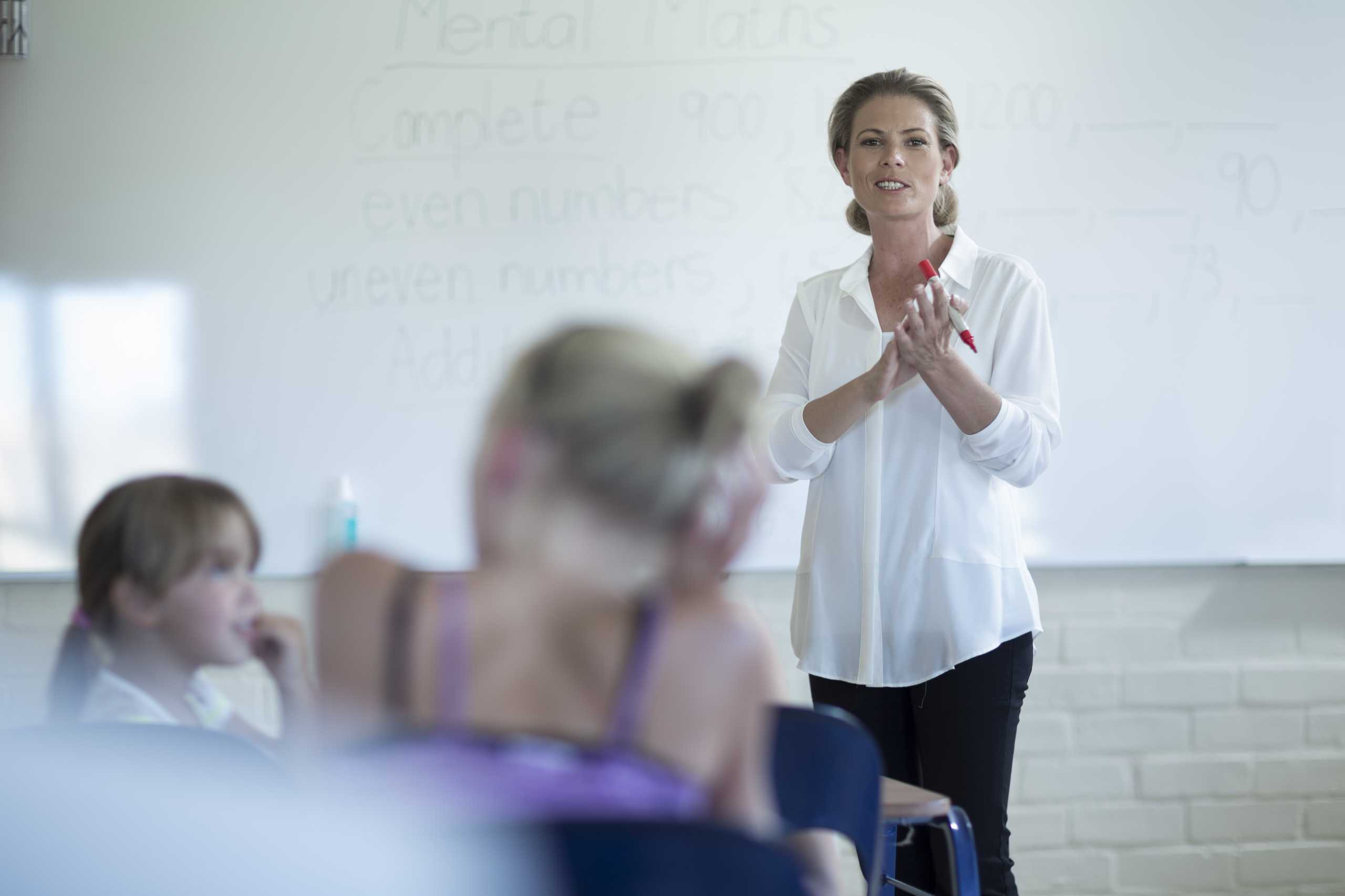Building Connection — The Heart of Adult Learning
Why relationships matter more than content in adult education In the world of adult education, content is important — but connection is what truly transforms a learning experience. Adults come to the classroom carrying more than curiosity. They bring histories, worries, aspirations, and sometimes skepticism. To reach them, you must build a bridge — a…
Why relationships matter more than content in adult education
In the world of adult education, content is important — but connection is what truly transforms a learning experience.
Adults come to the classroom carrying more than curiosity. They bring histories, worries, aspirations, and sometimes skepticism. To reach them, you must build a bridge — a connection that invites trust and openness.
Creating a Safe Space for Learning
Adult learners thrive in environments where they feel psychologically safe. This means:
- Encouraging respectful dialogue
- Allowing space for questions, doubts, and even disagreement
- Affirming that mistakes are part of learning
When learners don’t fear judgment, they open up to exploration and risk-taking, which fuels deeper understanding.
The Power of Storytelling
Sharing stories — both from the instructor and among learners — creates emotional resonance. Adults connect with narratives that echo their own experiences or illuminate new perspectives.
Try weaving stories into lessons by:
- Starting sessions with relevant personal anecdotes
- Inviting learners to share moments related to the topic
- Using case studies that highlight real challenges and successes
Stories turn abstract concepts into lived realities, making learning memorable.
Active Listening: More Than a Skill
To build connection, active listening isn’t optional; it’s essential. When you listen fully, learners feel valued and seen. This deepens engagement and encourages participation.
Practice active listening by:
- Reflecting back what learners say in your own words
- Asking clarifying questions
- Being mindful of nonverbal cues
This attentive presence fosters a collaborative learning environment.
Peer Connection Fuels Growth
Adult learners often gain as much from peers as from instructors. Facilitating opportunities for learners to interact — through group work, discussions, or peer teaching — strengthens bonds and reinforces learning.
Design your courses to include:
- Small group projects
- Structured discussion prompts
- Peer feedback sessions
The sense of community created through connection combats isolation and boosts motivation.
Connection Is the Catalyst
When connection is prioritized, everything else — engagement, retention, application — naturally improves. Teaching adults is not just about what we teach, but how we relate.
Build connection.
Build learning.




